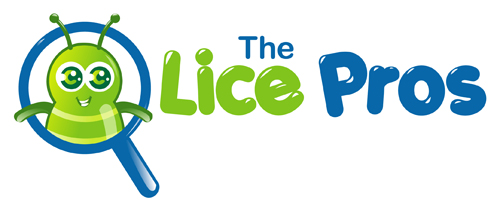Because head lice and lice eggs are very small and hard to see, a louse infestation is often difficult to detect and diagnose – even for many health care professionals. See Head Lice Pictures
At the time of detection, an average infestation often includes only 10-15 hatched lice and 20-30 eggs.
Head Lice Symptoms and Signs of Infestation:
- Tickling feeling of something moving in the hair.
- Excessive itching, usually caused by an allergic reaction to the bites of the head louse.
- Irritability and difficulty sleeping; head lice are most active in the dark
- Sores on the head caused by scratching. These sores can sometimes become infected with bacteria found on a person’s skin.
Detection and Diagnosis:
Head lice and eggs are found almost exclusively on human head hair and the scalp, frequently around and behind the ears and near the neckline at the back of the head. See head lice symptoms above. Head lice and eggs are sometimes also found on the eyelashes or eyebrows, but this is uncommon. Misdiagnosis of head lice is common.
The best diagnosis to confirm the louse infestation is by finding a live nymph or adult louse on the scalp or hair of a person. Adult and nymphal lice are very small, move quickly, and avoid light, so they may be difficult to find. Using a fine toothed louse comb helps in correctly diagnosing head lice.
Lice Eggs that are attached within 1/4in (6mm) of the base of hair shafts suggest the person may have an active infestation.
If no live nymphs or adult lice are seen, and the only eggs found are more than 1/4in (6mm) from the scalp, the infestation is probably old and no longer active.
Head Lice Pictures

